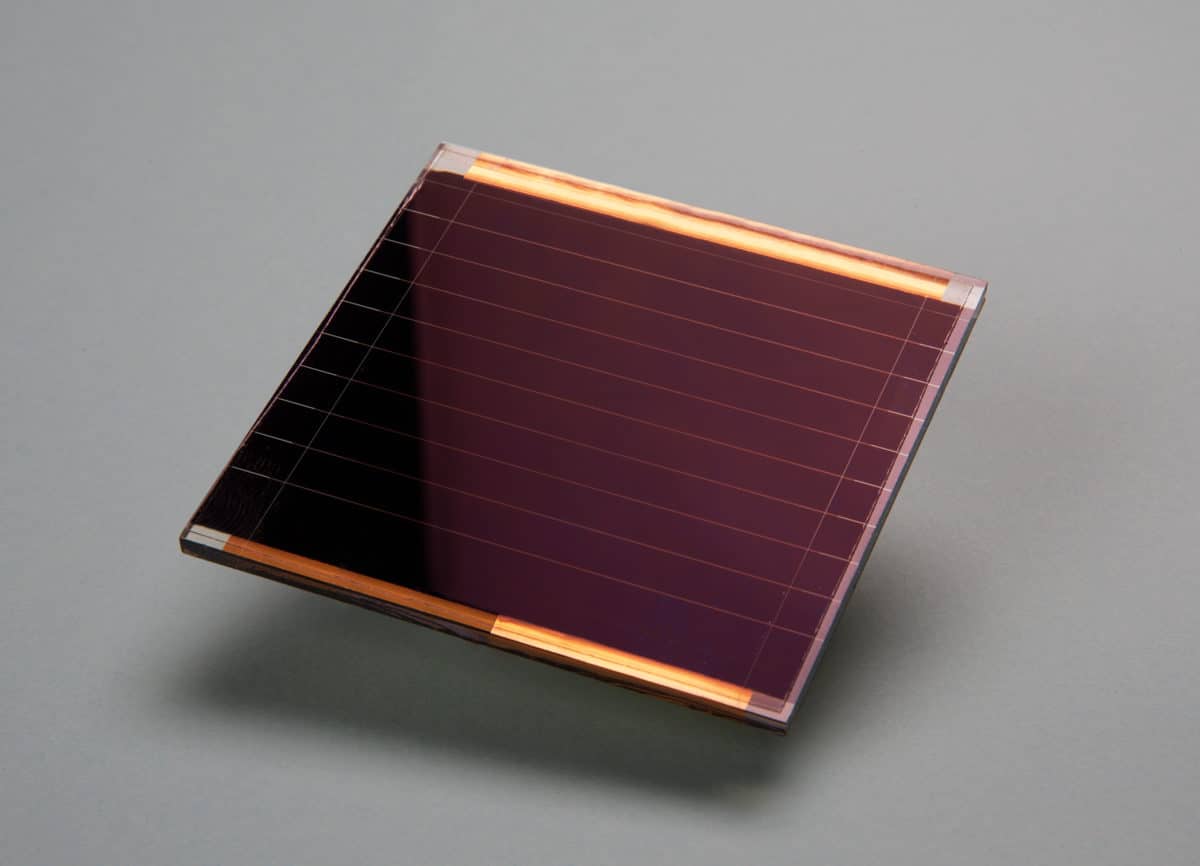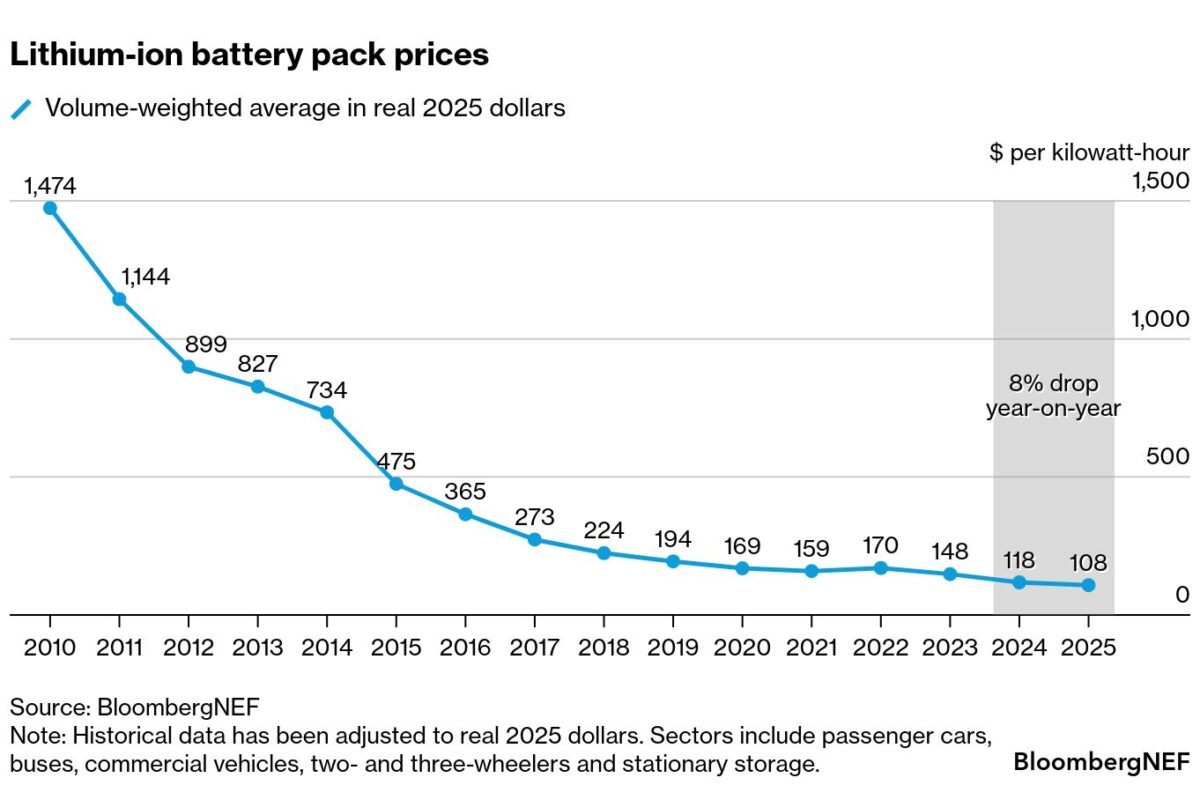Researchers at South Korea’s Ulsan National Institute of Science and Technology (UNIST) and the Swiss Federal Institute of Technology Lausanne (EPFL) have achieved a new record conversion efficiency of 25.6% in a single junction perovskite solar cell.
The result edges out the previous record of 25.2% achieved in February by scientists at the Massachusetts Institute of Technology (MIT) and UNIST's earlier result of 25.17% achieved in November 2020.
The cell is based on a type of metal halide perovskite called formamidinium lead iodide (FAPbI3), which is known for its thermal stability and narrow bandgap. The scientists improved the efficiency of the cell by adding formate to the precursor materials, which served to limit the number of defects in the perovskite structure and thus boost its efficiency.
“Here we introduce an anion engineering concept that uses the pseudo-halide anion formate (HCOO−) to suppress anion-vacancy defects that are present at grain boundaries and at the surface of the perovskite films and to augment the crystallinity of the films,” the Korean-Swiss group explained, noting that the new material is able to interact with the surrounding elements.
Anion-vacancy is a material defect that occurs when a negative ion is ‘missing' from the lattice structure of the material, leaving behind a ‘hole', which is then occupied by an electron to maintain electric balance. When this defect occurs, electrons can remain trapped. “We broke the stereotype that only iodine or bromine ions can be used for negative ions,” researcher Kim Jin-young stated.
“The resulting solar cell devices attain a power conversion efficiency of 25.6% (certified 25.2%), have long-term operational stability (450 hours) and show intense electroluminescence with external quantum efficiencies of more than 10%,” the scientists stated, adding that the 25.2% efficiency was certified by the Newport PV Lab in Montana in the U.S.
The solar cell was described in the paper Pseudo-halide anion engineering for α-FAPbI3 perovskite solar cells, published in nature.
This content is protected by copyright and may not be reused. If you want to cooperate with us and would like to reuse some of our content, please contact: editors@pv-magazine.com.




Good morning team pls am Biakye John Mintah from Ghana and am into solar pls i went to learn more about your product. Thank you